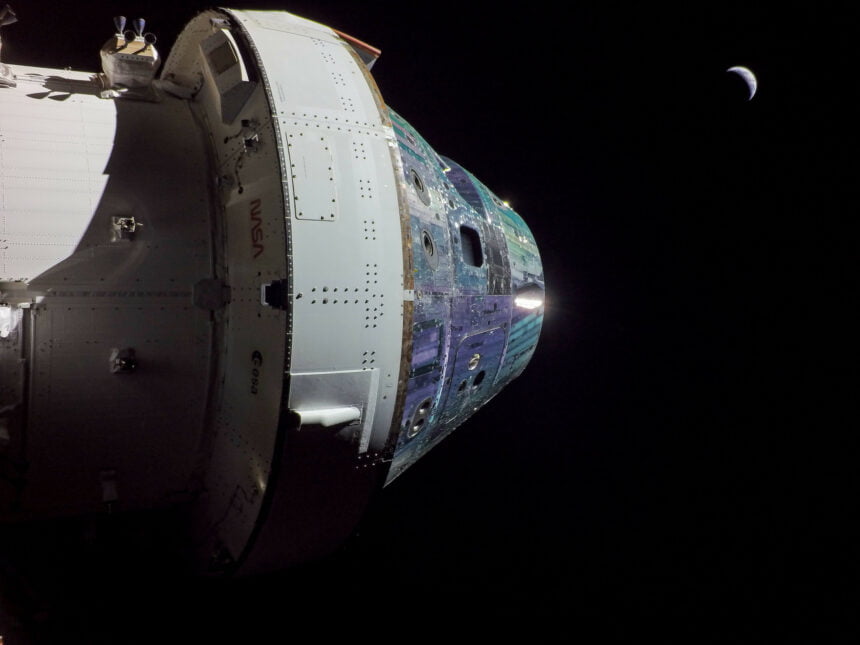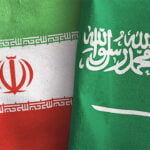On Sunday, the unmanned Orion spacecraft of NASA completed the first mission of the Artemis lunar programme, travelling around the moon and returning, exactly 50 years to the day after the last Apollo moon landing.
The spacecraft, which has been orbiting the Moon for three weeks, is aiming for a water landing in the Pacific Ocean off the coast of California If all goes according to plan in the coming hours, the capsule, which is unmanned for this test trip, is anticipated to transport astronauts on its subsequent voyage. This experiment is a component of NASA’s Artemis programme, which aims to return humans to the moon’s surface by the end of this decade. It is appropriate that this accomplishment was last accomplished by the astronauts of Apollo 17 exactly 50 years ago on Sunday.
At around 09:40 local time, the parachute-assisted dive into the water is scheduled to take place (17:40 GMT).
Less than a week had passed since Orion’s 25-day mission had begun, and roughly two weeks had passed since it had travelled nearly 270,000 miles (434,500 km) beyond Earth to its farthest point in space and it was anticipated to re-enter Earth’s atmosphere at 24,500 mph (39,400 kph)—more than 30 times the speed of sound—after ejecting the service module housing its main rocket system, for a flaming 20-minute plummet to the ocean.
The sustainability of the entire project depends on what happens afterward.
Temperatures on Orion’s front surface will likely reach near 3,000C due to friction and pressure (5,000F). If Orion is ever going to be trusted to transport astronauts in the future, the shielding that covers this area of the spacecraft needs to be able to withstand this difficulty.
“This is our priority one objective, for a reason,” Artemis mission manager Mike Sarafin emphasized.
“The heatshield is a safety-critical piece of equipment. It is designed to protect the spacecraft and its passengers, the astronauts on board. So it needs to work.”
On Nov. 16, Orion launched from the Kennedy Space Center in Cape Canaveral, Florida on NASA’s massive next-generation Space Launch System (SLS), the largest rocket the agency has produced since the Saturn V of the Apollo period and now the most potent rocket in the world.
The first SLS-Orion mission launched Artemis, the successor programme to Apollo, which aims to send men back to the moon this decade and build a viable base there as a stepping stone to further manned exploration of Mars.
Re-entry
Nasa has already witnessed an Orion re-entry. It previously demonstrated the capsule without crew members in 2014. But during that test, the velocities and temperature conditions were substantially lower.
The earlier flight did demonstrate the parachute system’s efficiency, though. To decelerate the final descent to the ocean’s surface, eleven chutes are utilised sequentially. Orion will be carried into a deck at the back of the navy ship that has a flooded well, as opposed to the lifted recoveries of Apollo capsules that were conducted by helicopters.
The procedure’s lead at NASA, Melissa Jones, said a number of tests and evaluations will be carried out while Orion was still submerged.
“We’ll be very careful with the capsule; we’ll get about an hour and a half of imagery of that heatshield before it touches anything in the ship. We want to make sure we document every bit of that so that we have the data that Orion needs to understand the performance of the capsule going forward,” she stated to reporters.
Orion is currently falling just a bit short of the intended spot yet the space agency had set its sights on a location closer to San Diego, but a pending cold front is expected to produce rain and an uncomfortable swell in the ocean.
Therefore, it was decided to descend around 550 kilometers up range, off Mexico’s Baja California Peninsula. The re-entry will be monitored by the European Space Agency, a mission collaborator of NASA.
If Artemis I is declared successful, a crewed Artemis II mission to the moon and back might launch as early as 2024. A few more years later, Artemis III will carry out the program’s first manned lunar landing, which will include a woman.
Apollo was the result of the U.S. and Soviet Union’s space race during the Cold War; in contrast, Artemis is a more scientifically oriented and wide-ranging project that has partnered with businesses like Elon Musk’s SpaceX, and the space agencies of Europe, Canada, and Japan.












